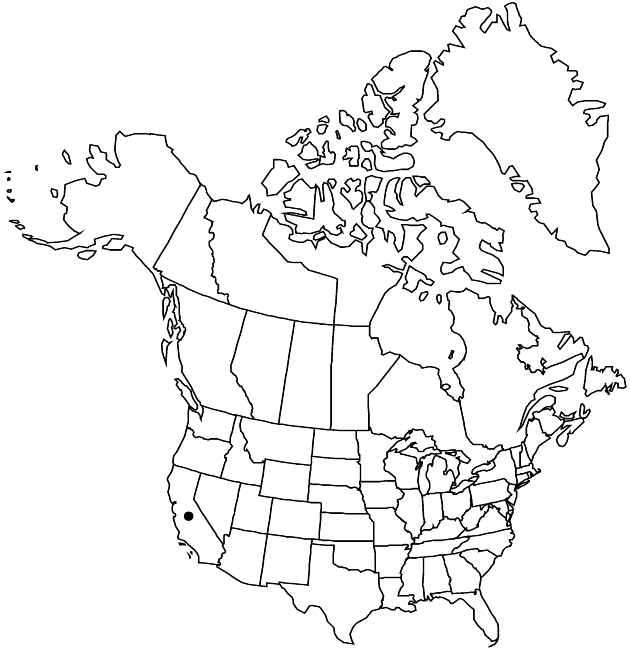Difference between revisions of "Isocoma menziesii var. diabolica"
Phytologia 70: 96. 1991.
FNA>Volume Importer |
imported>Volume Importer |
||
| (One intermediate revision by the same user not shown) | |||
| Line 46: | Line 46: | ||
|publication year=1991 | |publication year=1991 | ||
|special status= | |special status= | ||
| − | |source xml=https:// | + | |source xml=https://bitbucket.org/aafc-mbb/fna-data-curation/src/2e0870ddd59836b60bcf96646a41e87ea5a5943a/coarse_grained_fna_xml/V19-20-21/V20_1013.xml |
|tribe=Asteraceae tribe Astereae | |tribe=Asteraceae tribe Astereae | ||
|genus=Isocoma | |genus=Isocoma | ||
Latest revision as of 20:58, 5 November 2020
Stems strictly erect; herbage glabrous, usually stipitate-glandular, densely viscid, sometimes eglandular. Leaf blades obovate to narrowly oblanceolate or narrowly elliptic-oblanceolate, 20–40 × 4–10 mm, not thick-fleshy, margins of at least the proximal shallowly serrate. Heads in corymbiform arrays. Corollas 6–7 mm. Cypselae (3.8–)4.5–5 mm.
Phenology: Flowering Aug–Oct.
Habitat: Open slopes and cliffs, mostly in foothill woodlands
Elevation: 10–400 m
Discussion
Known only from San Benito and Santa Clara counties, var. diabolica occurs in primarily inland, montane habitats. Var. diabolica differs from var. vernonioides in its resinous, usually densely stipitate-glandular vestiture (villous hairs lacking or sparse along the stems), consistently reduced, somewhat bractlike distal cauline leaves, and longer corollas and cypselae.
Selected References
None.
Lower Taxa
None.
